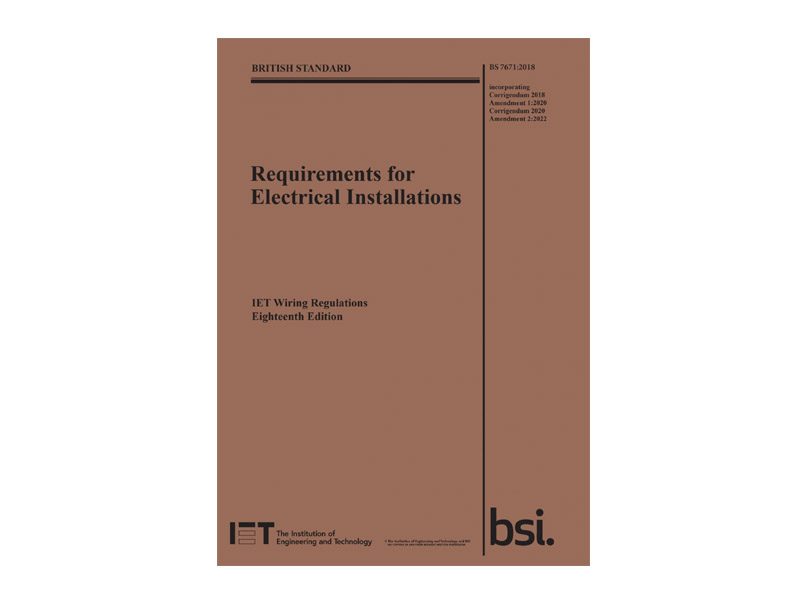New amendment to the wiring regulations
At the end of March the wiring regulations which are now in their 18th edition, had their second amendment.
The wiring regulations are regularly updated in this way and usually there are full new editions around every 10 years with two or three amendment editions happening during the interim.
There is a transition period, but as of September all work must be completed to the second amendment standard. Given that I am now specifying work that may be undertaken after the deadline I have taken a decision to adopt these new regulations early.
Key changes are that now in almost all cases, surge protection is required to be fitted to consumer units and distribution boards. In my opinion this is a good thing as it is relatively cheap to install and provides protection from voltage spikes throughout an entire installation. Anyone who has had a television or computer fail because of a voltage spike will wish they’d spent the small amount of money on a surge protector!
The second change is that a new type of circuit breaker known as an arc fault detection devices is now mandatory for circuits supplying socket-outlets in:
- Higher risk residential buildings (HRRBs – those buildings over six storeys or 18 metres in height)
- Homes in multiple occupation (HMOs)
- Purpose built student accommodation
- Care homes
There is also a change to the minimum standard of RCD required. Many RCDs that were installed in the UK prior to the last few years were of an “AC type” which have been found to fail to operate in the presence of equipment that contains microchips or switch mode power supplies.
It is therefore now required that the newer type of RCD known as an “A type” is installed on all circuits that may have such electronic devices. In reality that means if it is any more complicated than a tungsten filament light bulb it will need the new type of RCD.
There are also changes to testing and certification and some specific requirements around micro generation systems.

